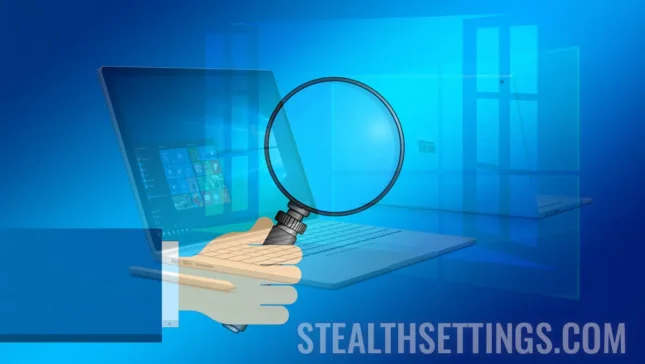If you suspect that someone had access to your computer with Windows operating system, without your permission, there are a few steps you can follow to check and determine if this is the situation. In this tutorial you will see some simple ways to check if someone has walked in your computer.
content
Normally, if you do not want another person to have access to your computer or laptop, the simplest is to set a strong authentication password on your system user. So, it will be quite difficult for someone else to access your personal files on your laptop or computer.
How can you check if someone has walked in your computer (Windows)
When you have a suspicion that someone has walked in your computer and you want to find out what folders, files or documents have accessed, the easiest thing is to check the recent ITEMS list.
Check the list of recently accessed files on Windows 11
In order to access the list of recently accessed files on a computer with Windows operating system, follow the steps in the guide below.
“Recent Items” It is most often found in the side bar on the left side of File Explorer, where the folders are and “Desktop”, “Documents”, “Downloads”. If you do not have shortcut directly to “Recent Items“, you can access the folder “Recent Items” FROM “File Explorer“. All you have to do is enter the address below in the top bar and press “Enter“.
%APPDATA%\Microsoft\Windows\Recent Items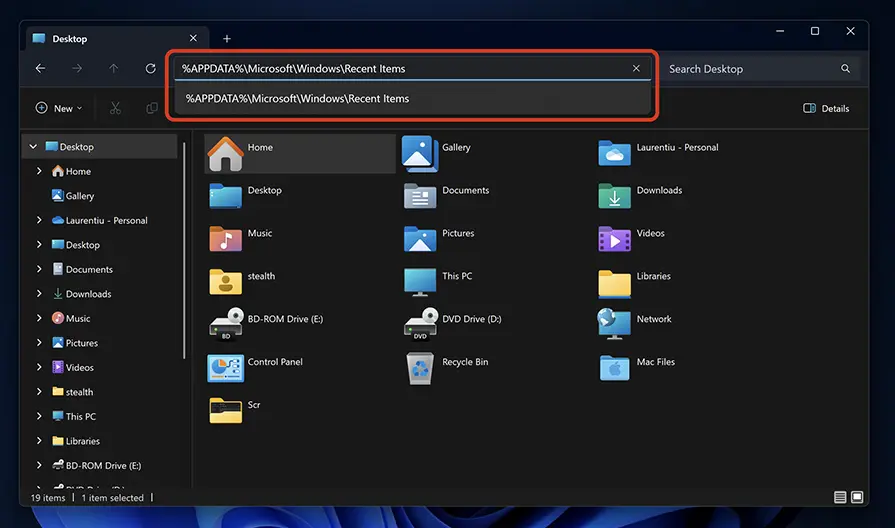
In the list of recently accessed files and folders, click on “Date modified” to do their sorting according to the date. Also from here you can click on the arrow next to “Date modified” to select a particular date or time interval.
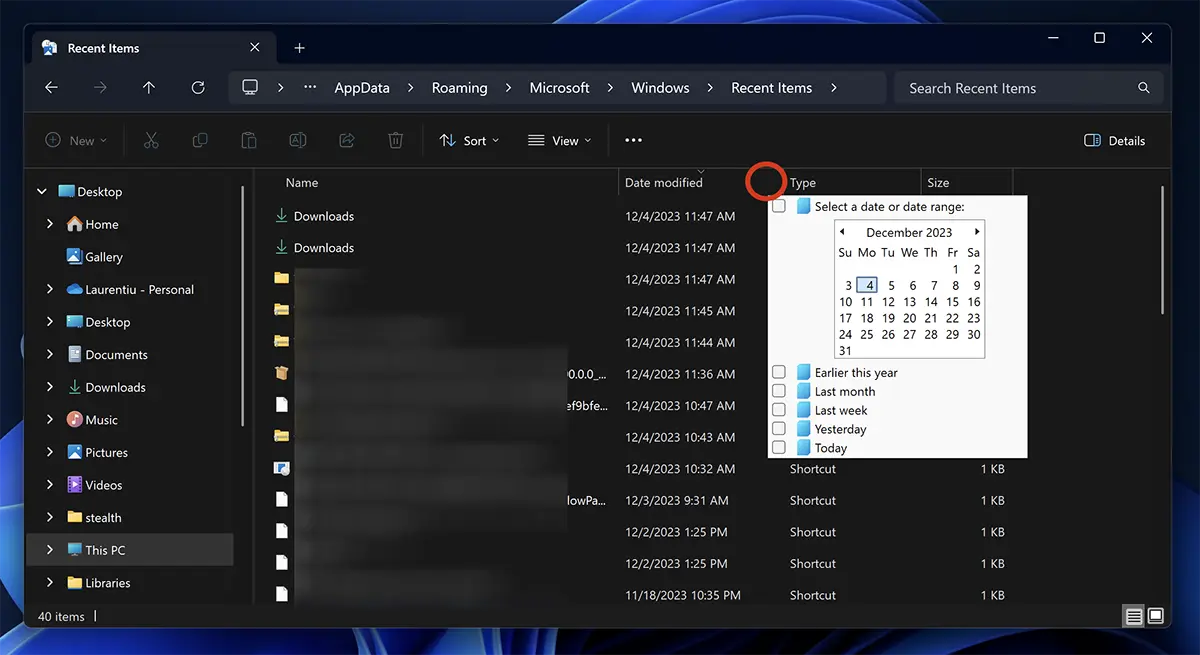
If you notice that in this list there are files and locations that you have not accessed, someone has certainly walked in the computer.
You check the Chrome, Edge or Firefox web browsing history
By checking the web browsing history you can find out if another person was on your computer. In most configurations of Chrome, Edge or Firefox browsers, they retain the web addresses that have been accessed in chronological order. Less when the browser was opened in incognito mode or “Private”.
For most internet browsers it is enough to press the key combination “Ctrl + h” to open the web browsing history. So, open Chrome, Firefox or Edge, then press the keys “Ctrl + h” And see what web addresses have been accessed from your computer.
Event Viewer helps you find out if someone has been walking in your computer
Windows operating systems automatically record logs that contain various key activities, including authentication processes. Through Event Viewer, it is possible to identify the exact moment of the computer opening, having access to detailed information about the date and time at which the authentication took place.
In order to access Event Viewer and see the date and hours at which someone has been authenticated on the computer, follow the steps in the guide below:
1. Open “Start” Then look for “Event Viewer” and open the utility.
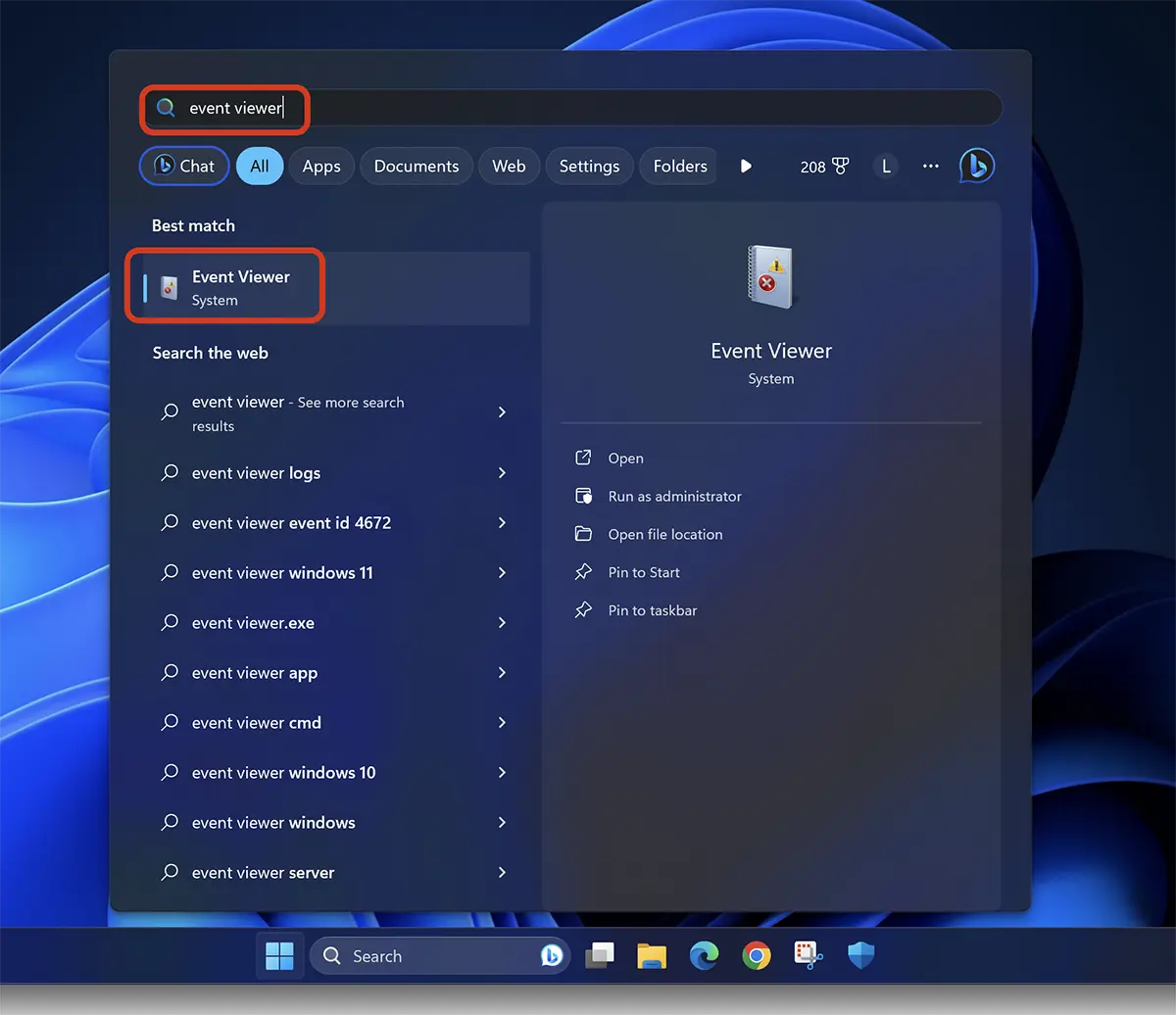
2. In the left side you access: Event Viewer (Local) > Windows Logs > Security. In the list of events, those with ID: 4624.
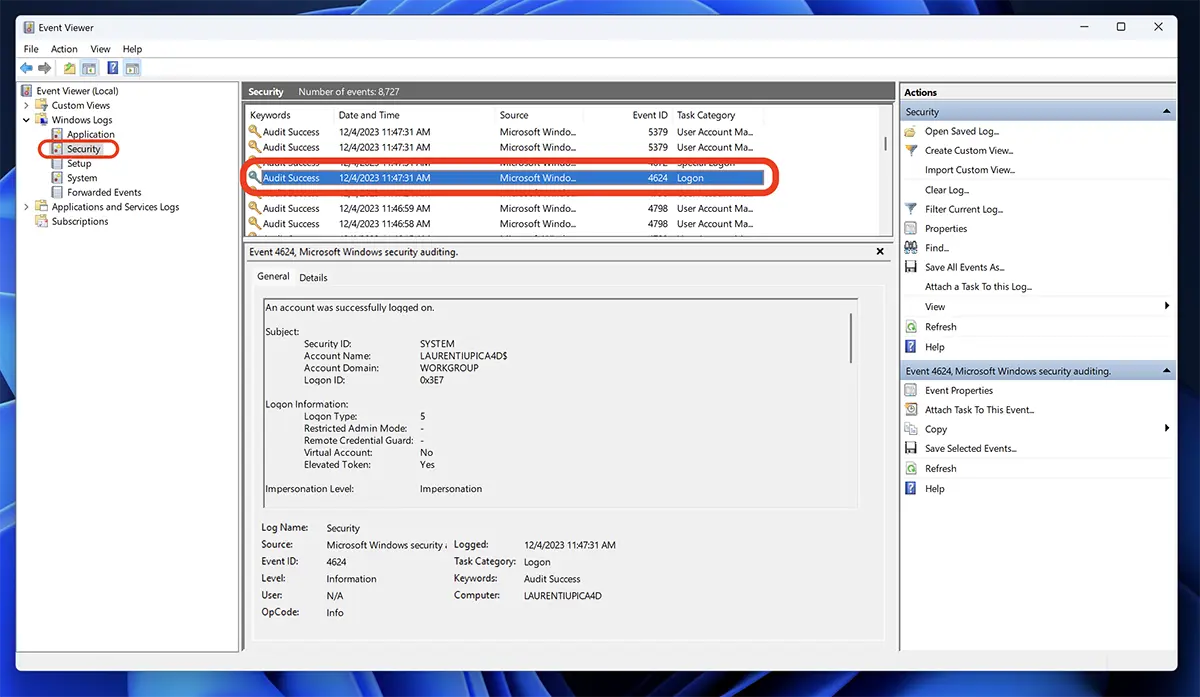
Events with ID 4624 are those that correspond to successful authentifications on your Windows computer.
The above are three simple methods by which you can find out if someone has walked on your computer, but in the first two methods are easy to delete if that person knows how to wipe the browsing history or records in “Recent Items“.
This tutorial is made on the Windows 11 operating system, but in the same way you can check if someone has accessed your computer or laptop with Windows 10 system.
